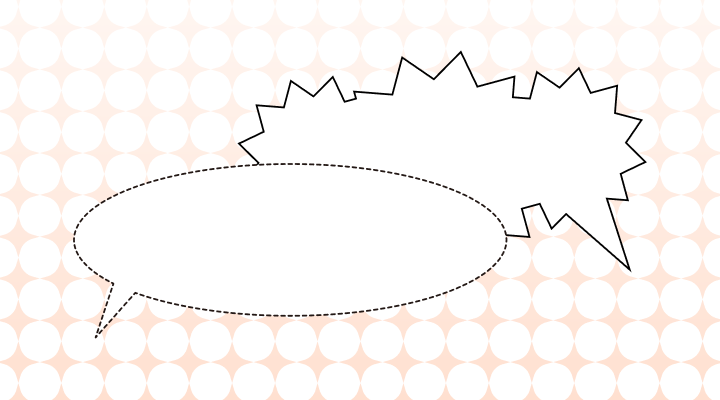Active voice is a grammatical construction where the subject of a sentence performs the action, making the sentence more direct and clear, while passive voice is a construction where the object of an action becomes the subject of a sentence, often emphasizing the result or receiver of the action.
In the world of English grammar, sentence structure plays a pivotal role in communication. Two essential constructs that can significantly impact the clarity and effectiveness of your writing are "active voice" and "passive voice."
In English, active voice is more preferred, so try to use the active voice when possible.
What is Active Voice?
Active voice is a grammatical construction in which the subject of a sentence performs the action or is the "doer" of the verb. In active voice sentences, the subject takes the center stage, driving the action, and typically comes before the verb.
Examples of sentences in active voice:
- She wrote a captivating novel.
- The chef prepared a delicious meal.
- They built a magnificent bridge.
Active voice is often preferred because it tends to make sentences more direct, concise, and easier to understand. It places emphasis on the person or thing performing the action, which can result in clearer communication.
What is Passive Voice?
Passive voice, on the other hand, is a grammatical construction where the object of an action becomes the subject of a sentence. In passive voice sentences, the receiver of the action is emphasized, and the agent or "doer" of the action is either not mentioned or appears after the verb.
Examples of sentences in passive voice:
- A captivating novel was written by her.
- A delicious meal was prepared by the chef.
- A magnificent bridge was built by them.
Passive voice is used when the focus is on the action or the result of the action, rather than the agent performing it. While it can be useful in specific contexts, excessive use of passive voice may lead to ambiguity and less direct communication.
Distinguishing Between Active Voice and Passive Voice
The primary distinction between active and passive voice lies in the placement of the subject and the emphasis on the "doer" of the action:
- Active Voice: The subject performs the action and usually appears before the verb.
- Passive Voice: The subject receives the action and often comes after the verb, or the agent may not be mentioned at all.
Common Idioms/Phrases
While active and passive voice are not idiomatic themselves, they can impact the clarity and effectiveness of sentences that contain idiomatic expressions. Here are examples:
- Active Voice: "She hit the nail on the head with her presentation."
- Passive Voice: "The nail on the head was hit by her presentation."
In these examples, the shift from active to passive voice alters the emphasis within the idiomatic expression.
Synonyms
- Active Voice: Dynamic, direct, straightforward
- Passive Voice: Indirect, passive, impersonal
Mastering the use of active and passive voice is essential for effective writing and clear communication. By understanding when to use each construction, you can convey your thoughts and ideas with precision and impact. Remember, choosing the appropriate voice depends on the context and your communicative goals.
Practice Question (Active vs. Passive)
- The award was won by the talented actress.
- She cooked a delicious meal for her family.
- The mystery novel will be read by me next.
- He has written several bestselling novels.
Answer Key:
- Passive
- Active
- Passive
- Active
Discover more about the AI English proofreader, Engram!

Reference














